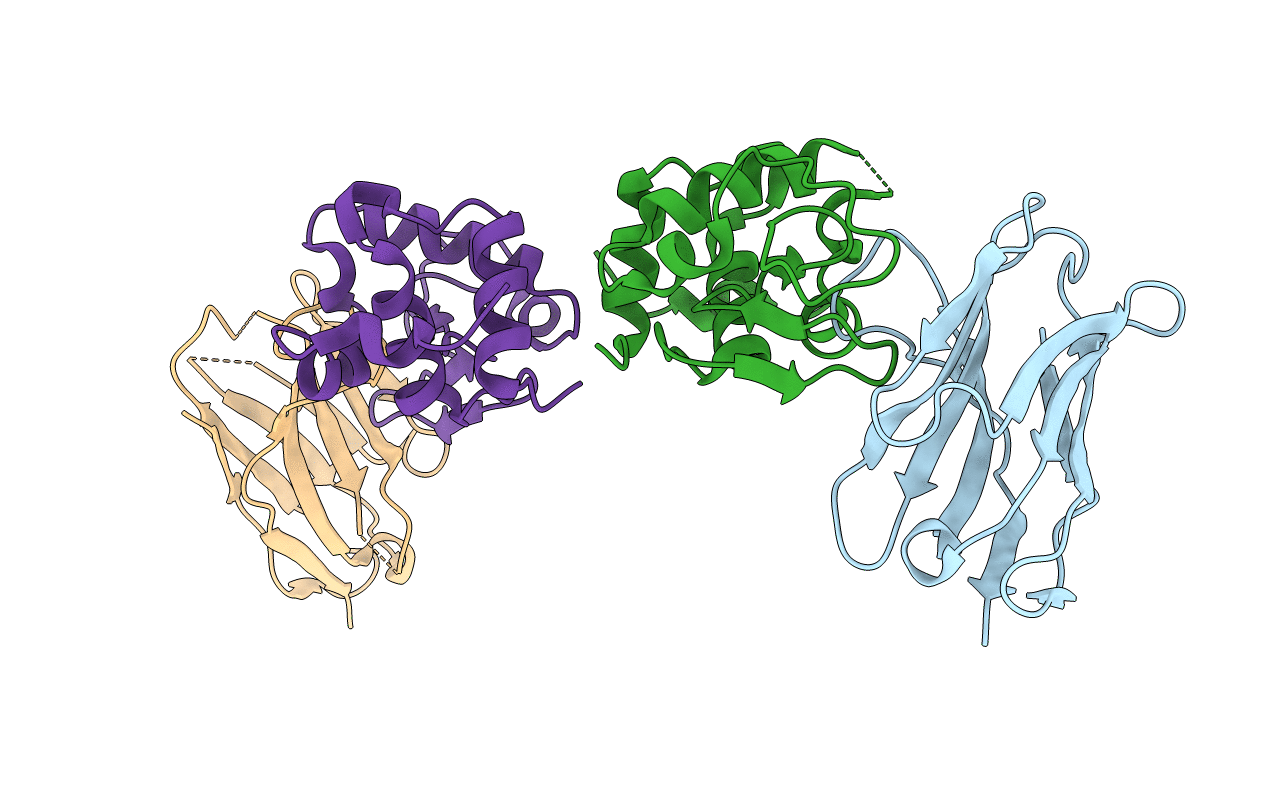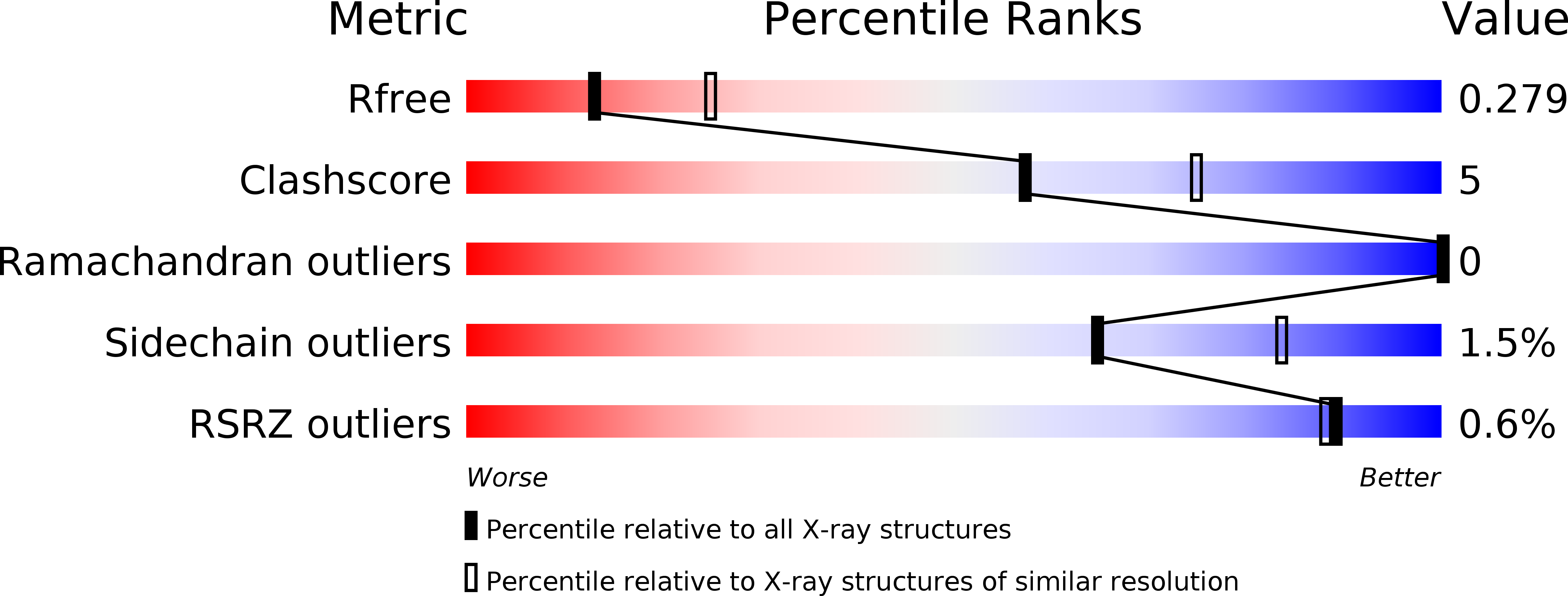
Deposition Date
2014-05-02
Release Date
2015-03-11
Last Version Date
2024-10-23
Entry Detail
PDB ID:
4PGJ
Keywords:
Title:
Human heavy-chain domain antibody in complex with hen egg-white lysozyme
Biological Source:
Source Organism:
Homo sapiens (Taxon ID: 9606)
Gallus gallus (Taxon ID: 9031)
Gallus gallus (Taxon ID: 9031)
Host Organism:
Method Details:
Experimental Method:
Resolution:
2.60 Å
R-Value Free:
0.28
R-Value Work:
0.22
R-Value Observed:
0.22
Space Group:
I 1 2 1


